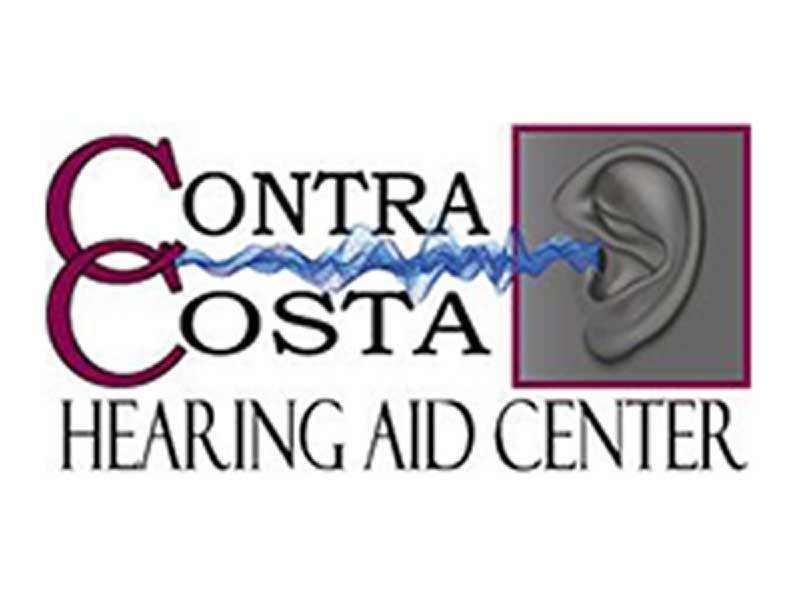From filtration of background noise to connections to Bluetooth devices, today’s digital hearing aids are making quite a stir. They represent about 90 percent of all hearing aids made today which is great because audiologists can now program each device according to the wearer’s degree of hearing loss. While some are available with remote controls that allow the user to adjust various settings, others come with omni-directional microphones to detect sound from multiple directions. Digital hearing aids have the ability to remove fuzzy and loud background noise, but they can also do a whole lot more. The first primitive hearing aids came out in the 1800s with the introduction of the ear trumpet.
The First Digital Hearing Aids
The initial digital hearing aids were great for boosting processing speeds which improved the ability to hear. Range of amplification was also greatly improved. The first digital hearing aids featured DSP for digital noise reduction, technically standing for digital signal processing. 1996 was the first year that saw this advancement.
Noise Filtration
You may realize that modern hearing aids can easily filter out that noise so that the user can hear words but not all the other stuff. Well, improvements in wireless technology have allowed for improved speech recognition and signal-to-noise ratio (SNR). A main complaint users of hearing aids have historically made is that it’s difficult to hear clearly with all the background noise. Older hearing aids amplified all sound, which was great for hearing words but this also presented an added challenge of filtering out the background noise that was also amplified. Many manufacturers, implementing brand new technology through the use of digital magnetic wireless communication, use chips in the devices that control settings such as switch position and microphone modes.
Single Sided Deafness
Things like CROS devices and bone conduction devices allow the good ear to receive signals from the bad ear to boost amplification. People who had single-sided deafness prior to big advancements in digital technology were frustrated with background noise and were relegated to using their “good ear” to hear conversation.
Better Connections
People wearing digital hearing aids benefit from digital noise reduction and better frequency transposition due to improvements in digital hearing aids. They can also enjoy increased range. Hooking up to Bluetooth and other wireless technological services is par for the course now.
DNR
Digital noise reduction technology harbors even better technology that incorporates directional microphones. This is because there is a concentration on the physical characteristics of noise and speech, while others concentrated on the separation of space for factors like speech modulation.
Self-Learning
Self-learning hearing aids, critical to modern devices because they have self-learning or regulating tendencies, are ideal for adjusting settings like volume automatically after a period of time according individual preferences. Control is put into the hands of the person wearing it, which is yet another advancement.
The Outlook
Digital hearing aids represent the future of hearing impaired devices, allowing the entire hearing impaired community to benefit. Hearing impaired individuals can count on digital hearing aids to take advantage of innovative wireless technology and microelectronics for more flexibility and better overall hearing results.
